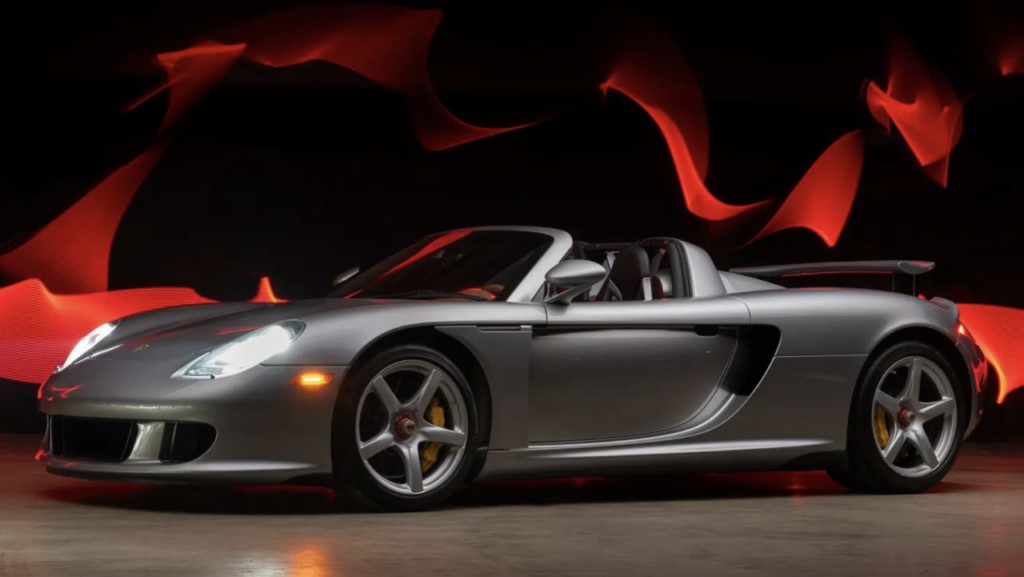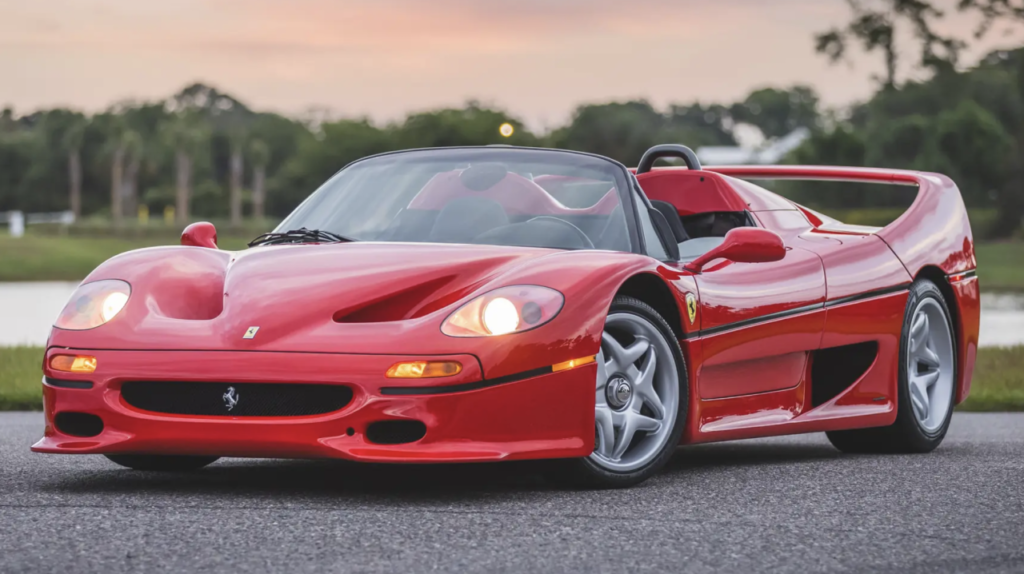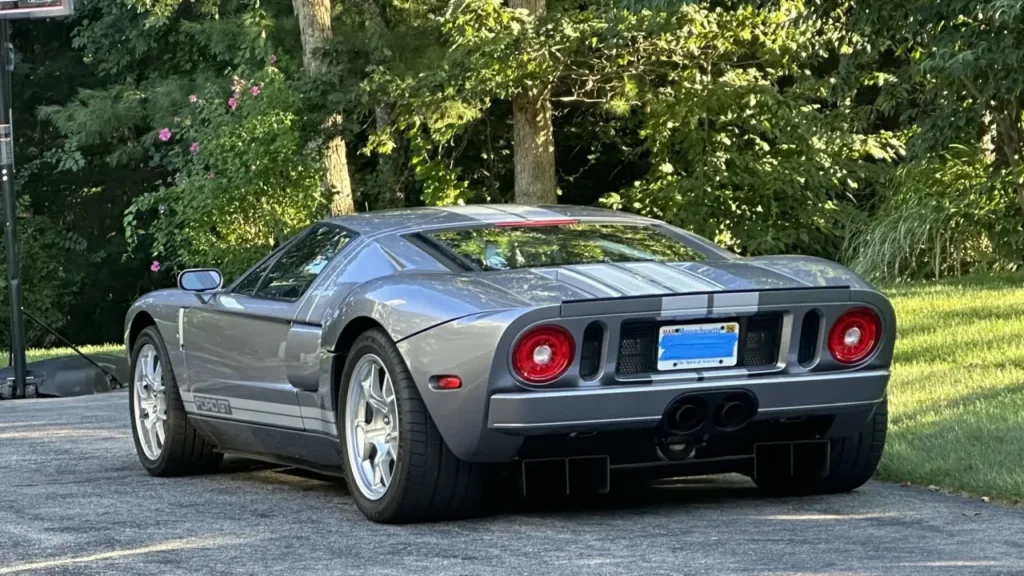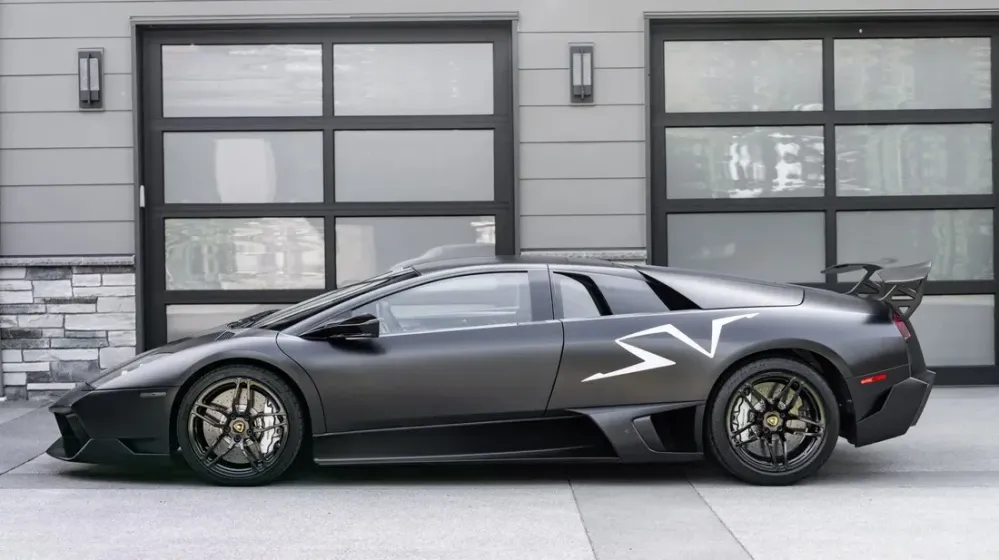Collectors and racing fans want the unadulterated thrill of driving an analog supercar, which is lacking in its digitally enhanced equivalents. This has led to an upsurge in interest in these vehicles in recent years. Classic, manual, and mechanically-only supercars, especially those from the late 20th and early 2000s, are seeing a boom in sales as a result of this trend. We look at the most popular models that are making a comeback and the reasons behind it in this post.
What Makes Analog Supercars So Alluring
Fans are captivated by analog supercars due to its straightforward design, impeccable mechanics, and the intimate bond they establish between driver and machine. The driving experience of an analog supercar is more visceral and compelling than that of a modern car since it relies on the driver’s ability and intuition rather than on driver-assistance technology.

- The Honesty of Vehicle Control Systems
Manual gearshifts, naturally aspirated engines, and mechanical steering systems are the defining characteristics of analog supercars. In contrast to contemporary automobiles that rely on digital intervention via electronic control units (ECUs), these features provide drivers complete command of their driving experience. For fans looking for a challenge, the fact that analog supercars don’t have technologies like drive-by-wire or adaptive suspension makes them more difficult to operate. - A Pure and Unadulterated Adventure
Everything from the engine noise to the feedback from the steering wheel to the feel of the clutch is unmediated by technology when driving an analog supercar, creating an immersive experience. Every drive becomes an event, not just a means of transportation, thanks to this connection to the car’s fundamental mechanics.
A Look at Market Dynamics: The Reasons Behind Soaring Prices
- Scarcity of Renowned Models
Classic automobiles, especially those from legendary manufacturers like Ferrari, Lamborghini, and Porsche, have a limited supply, which contributes to their high market value. Cars like these keep going up in price as they get older and harder to find. Collectors cherish these analog machines for their sartorial value and the uniqueness of possessing one. - Importance to Culture and History 2.
Many analog supercars are significant historical artifacts in addition to being appealing vehicles to drive. They are relics of an earlier age in vehicle engineering, when power was generated solely by mechanical means and not by means of electrical enhancements. Symbolic of an age of motoring artistry and ingenuity, these cars are more than simply transportation. - Possible Return on Investment
Quite a few purchasers consider analog supercars to be investments. Being a proud owner of one of these vehicles is now a financially prudent choice, thanks to the steadily increasing values. Due to their rarity and rising demand, they are sure to be a valuable addition to any collection.

The Analogue Supercars That Started It All
Collectors are drawn to particular vehicles that provide an ideal combination of performance, design, and historical significance, and a number of models are spearheading this revival.
F40 Ferrari 1.
When it comes to analog supercars, few vehicles are as iconic as the Ferrari F40. The F40 provides raw power and an unadorned driving experience with its lightweight, simple form and twin-turbocharged V8 engine. Collectors are vying for this vehicle because it is one of Ferrari’s most recognizable models.
- The Countach by Lamborghini
Another major participant in the analog supercar industry is the Lamborghini Countach. Countachs from the 1980s are still highly sought after due to their iconic wedge shape and naturally aspirated V12 engines. Collectors looking for the pinnacle of analog quality will adore its mechanical driving qualities and unabashedly aggressive design.
Thirdly, the Porsche 911 (993 Generation)
The 993 model of the Porsche 911 is highly esteemed because it was the final iteration of the 911 to have an air cooling system. With its hydraulic steering and manual transmission, it provides an unmatched connection to the road and exemplifies the analog driving experience. These days, you won’t find many Porsche collections without this model.
Four, the McLaren F1
An iconic example of an analog supercar, the McLaren F1 is widely considered to be among the best vehicles of all time. The F1 provides an unparalleled driving experience with its revolutionary design, central driving position, and naturally aspirated V12 engine. It has been a focal point in the supercar market because to its rarity and historical importance.
Supercars of the Past and Present: Analog vs. Modern
Although contemporary supercars have remarkable technological features, driver assistance systems, and performance capabilities, purists still have a soft spot for analog supercars. Analog supercars’ driving dynamics stand in stark contrast to modern versions’ data-driven, high-tech construction.

Distinct Differences
Contrasting Technologies: Stability control, launch control, and adjustable suspension are just a few of the computerized features found in today’s supercars. Alternatively, for a more genuine experience, choose for analog supercars that need human control of the vehicle’s performance.
Involvement of the Driver: Driving an analog supercar requires more focus and skill from the driver, which boosts their sense of accomplishment. Depending on technology to maximize performance is becoming more common in modern cars.
Final Thoughts: Analog Supercars’ Lasting Impression
Supercars with an analog design are more than simply a throwback; they’re a statement about driving as an art form that values finesse, accuracy, and the vehicle’s inherent mechanics. Their monetary and experiential worth will only increase as demand for these cars surges. Analog supercars will continue to be a major force in the automobile industry for a long time after their digital copies have replaced them, thanks to collectors and fans who value the simplicity of these vehicles.








